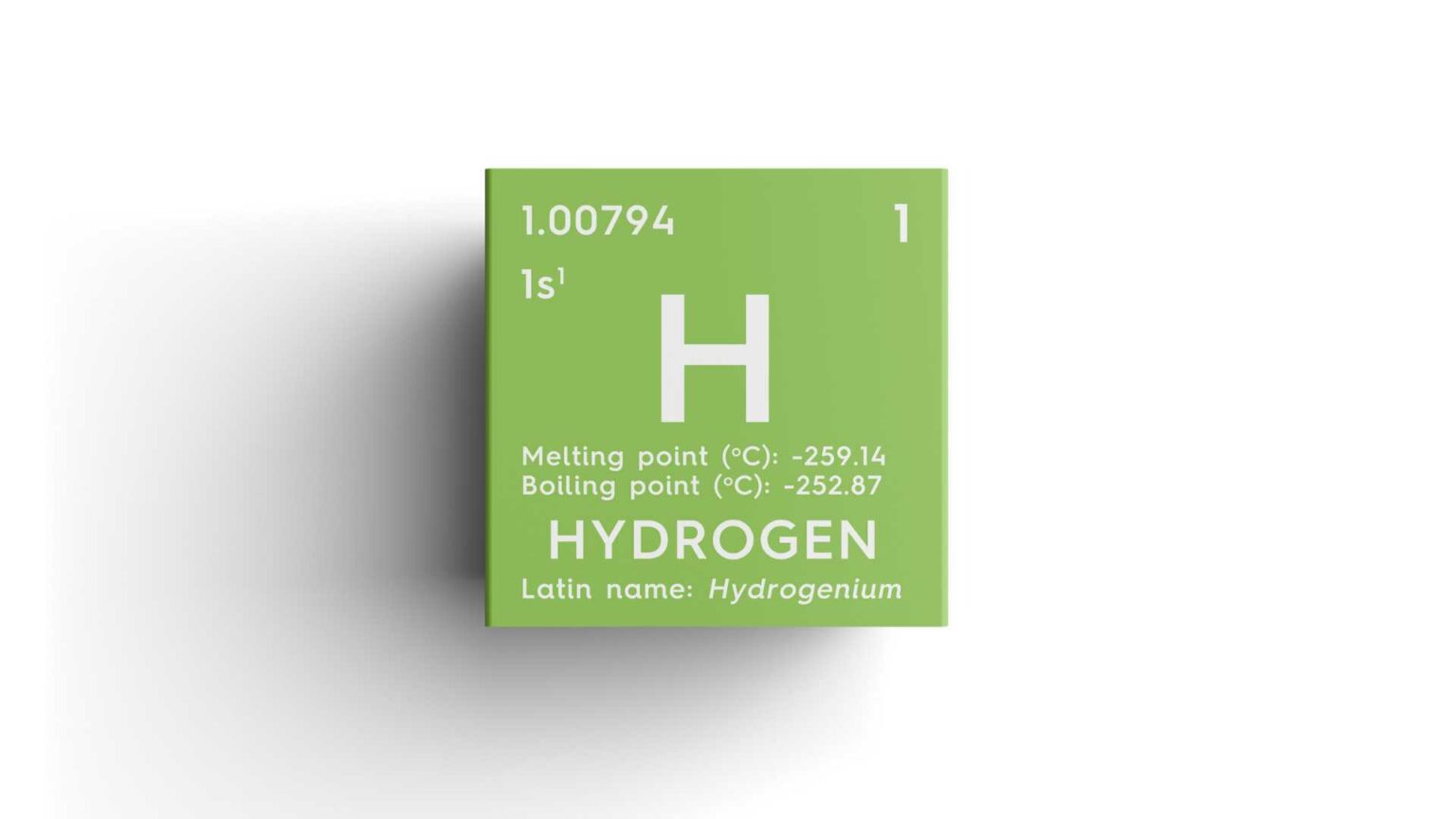The European hydrogen market, especially in green hydrogen, is under a cloud of regulatory uncertainty, causing concern among producers and users who seek assurance in EU policies. Europe has the potential to become the largest demand center for green hydrogen. However, the delayed implementation of the Renewable Energy Directive III (REDIII), coupled with the ambiguity surrounding the REFuelEU Aviation regulations, blemishes the market’s prospective outlook.
Challenges Around REFuelEU Aviation Regulation
The prospective enforcement of REFuelEU Aviation regulations posits a financial conundrum for both airlines and consumers. If adhered to, ticket prices are predicted to rise modestly by 2030. Should airlines fail to comply promptly, they risk incurring penalties that could propel ticket costs to triple their current rates, imposing a marked burden on the consumer.
India’s Green Ammonia Ambitions Hindered by Certification Ambiguities
In India, developers advocating for green ammonia face a different challenge – the need for clarity in qualifying as Renewable Fuels of Non-Biological Origin (RFNBO). The European Commission has delegated certification to various bodies, each potentially applying standards differently. This dispersion in certification authority raises the risk of corrupt practices as developers might choose lenient certifiers, thus necessitating potential intervention by the European Commission or the European Court of Justice.
Economic Dynamics and Government Influence in India’s Green Energy Sector
India’s green energy trajectory is partially credited to the economic advantage of utilizing the grid without additional cost. This significantly lowered prices in recent auctions organized by the Solar Energy Corporation of India Limited (SECI). However, despite the competitive auction prices, governmental persuasion was reportedly essential for securing purchase agreements with fertilizer plants, illustrating the underlying cost competitiveness issue of green ammonia vis-à-vis gray ammonia. The sentiment expressed indicates confidence in the realization of most projects under the SECI auctions, unlike the European Hydrogen Bank scenario, with a high fallout rate among winners.
European Electrolyzer Market at Risk from Chinese Pricing Strategies
In Europe, the threat of price dumping by Chinese manufacturers looms over the electrolyzer market. Without protective measures, the European electrolyzer industry may not sustain itself over the next five years. Insights shared at the event underscore the necessity for European buyers to strategically consider domestic options despite competitive pricing from Chinese counterparts.
The European hydrogen sector navigates a complex landscape characterized by regulatory ambiguities, pricing strategies, and geopolitical pressures. Resolving these challenges is integral not only to fostering market growth but also to safeguarding energy sustainability in the future.
